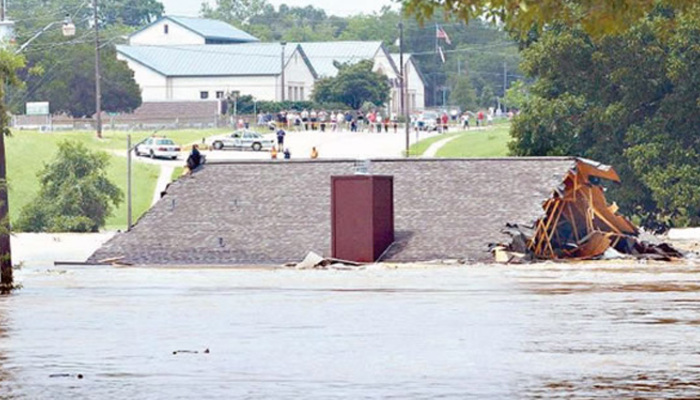More than 80 people are now confirmed dead, and dozens remain missing following the catastrophic flash floods that swept through central Texas last Friday. Among the missing are at least 10 campers and a counselor from Camp Mystic, a summer camp near the Guadalupe River. As rescue teams comb the muddy banks for survivors, a troubling truth is coming into focus: despite accurate weather forecasts, the system still failed.
Meteorologists say the National Weather Service (NWS) gave ample warning. Flood watches began Thursday afternoon. By 1 a.m. Friday, the NWS had issued a flash flood warning. Within hours, the Guadalupe River swelled by 26 feet. Yet many residents were unprepared. Why?
Experts say accurate forecasts are just one piece of the puzzle. “This situation needs to be reviewed, both from a forecast and warning perspective and from a decision support perspective,” said Louis Uccellini, former director of the NWS. He emphasized that local authorities must be able to interpret these forecasts, communicate them clearly, and support timely evacuations.
Finger-Pointing Won’t Fix the System
In the immediate aftermath, local and state officials seemed to scramble for answers—and accountability. Kerr County Judge Rob Kelly claimed at a press conference that officials “didn’t know this kind of flood was coming.” Meanwhile, Texas Division of Emergency Management Chief Nim Kidd suggested that the weather forecasts themselves fell short.
But meteorologists aren’t buying that.
“There have been claims that NOAA/NWS did not foresee catastrophic Texas floods — but that’s simply not true,” said Daniel Swain, a climate scientist at UCLA, in a detailed post on Bluesky. Swain acknowledged the difficulty of forecasting exact rainfall amounts and locations in advance. Still, he argued the system worked as it was supposed to—at least from a forecasting standpoint.
Indeed, flash floods are infamously hard to predict in detail. Storms can stall unexpectedly, dumping inches of rain over small areas in just hours. In this case, six to ten inches of rain fell in just three hours across a narrow swath of the Guadalupe River basin. That triggered a near-instant rise in water levels, catching sleeping families and entire camps off guard.
Vacant Weather Roles May Have Weakened Local Support
Some experts now say the problem wasn’t the forecast — it was the breakdown in turning forecasts into action. That failure may be linked to critical staff vacancies in NWS field offices. According to the agency’s June vacancy list, the San Angelo NWS office—responsible for some of the hardest-hit areas—currently has no permanent meteorologist in charge. The Austin/San Antonio office, which also covers the flood zone, lacks a warning coordination meteorologist and a science and operations officer.
These aren’t just back-office jobs. Warning coordination meteorologists are the critical link between meteorologists and emergency response teams. They help local officials interpret complex weather data and create actionable plans. Without them, warnings can fall through the cracks—or be misunderstood entirely.
It remains unclear whether these vacancies directly contributed to delayed evacuations. When asked, top officials at the NWS offices in San Angelo and Austin/San Antonio did not respond. However, Tom Fahy, legislative director at the union representing NWS workers, defended the agency’s response.
“All hands were on deck,” he said. “They knew this was a critical life and death situation—bodies and lives were on the line in this one.”
Better Forecasts Must Meet Better Infrastructure
While officials debate what went wrong, climate scientists warn that this won’t be the last such event. As global temperatures rise, weather patterns grow more extreme. Central Texas, like many parts of the world, faces a growing risk of both drought and sudden downpours—what scientists now call “weather whiplash.”
Even with perfect forecasts, communities need time, resources, and trust in their emergency systems to react effectively. That means strengthening communication channels, educating the public about flash flood dangers, and ensuring first responders are ready and trained.
The NWS timeline shows that the agency did escalate warnings: the first flood watch went out at 1:18 p.m. Thursday. A flash flood warning followed at 11:41 p.m. for Bandera County. Then, at 1:14 a.m., a more severe flash flood warning was issued for Bandera and Kerr counties, complete with wireless alerts and NOAA Weather Radio broadcasts.
Still, many families said they received no clear alert, or didn’t grasp how fast the danger would arrive.
As the death toll climbs and the region mourns its losses, one lesson is clear: better forecasts are essential—but they must be matched by stronger systems to move people out of harm’s way.
Follow us on Instagram, YouTube, Facebook,, X and TikTok for latest updates
